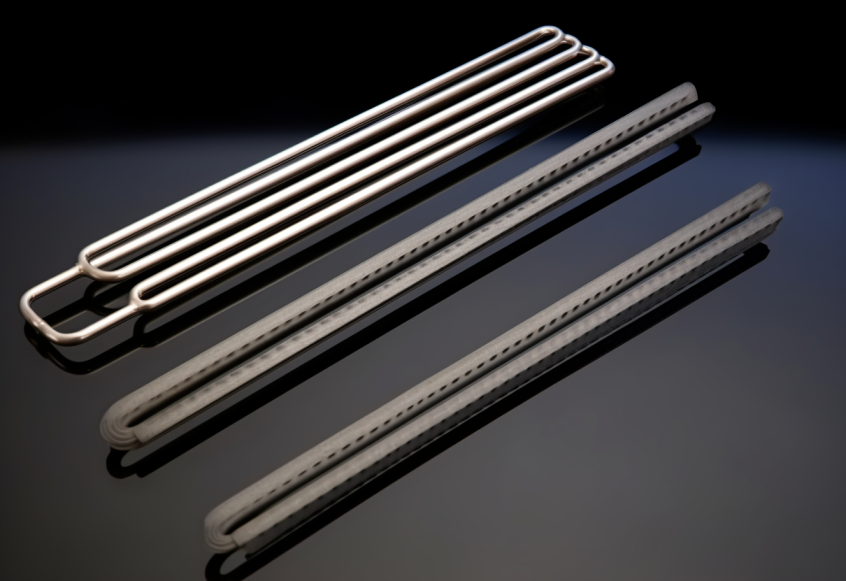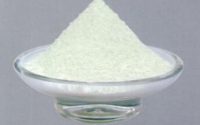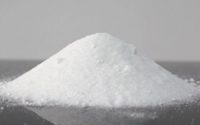Molybdenum Disilicide Heating Elements: Revolutionizing High-Temperature Applications
In the world of high-temperature applications, finding materials that can withstand extreme heat while maintaining efficiency and reliability is crucial. Molybdenum disilicide (MoSi2) heating elements have emerged as a game-changer in this arena, revolutionizing industries that rely on processes requiring elevated temperatures. This article explores how molybdenum disilicide heating elements are transforming high-temperature applications across various sectors.

The Power of Molybdenum Disilicide Heating Elements
- Exceptional Thermal Stability: Molybdenum disilicide heating elements are renowned for their outstanding thermal stability at elevated temperatures. They can operate in temperatures exceeding 1700°C (3092°F) without experiencing significant degradation.
- Rapid Heating and Cooling: MoSi2 heating elements have the ability to heat up and cool down rapidly, minimizing downtime and increasing process efficiency in applications like heat treatment and material sintering.
- Longevity and Durability: These heating elements boast a longer lifespan compared to traditional materials. Their oxidation-resistant nature and self-healing oxide layer contribute to their durability, reducing the need for frequent replacements.
- Uniform Heating: Molybdenum disilicide’s excellent electrical conductivity ensures uniform heating across the element’s length. This uniformity is vital in applications where consistent temperature distribution is essential.
Applications Revolutionized by Molybdenum Disilicide Heating Elements
- Industrial Furnaces: MoSi2 heating elements are a staple in various industrial furnaces, including those used for heat treatment, sintering, and annealing. Their ability to achieve and maintain high temperatures with precision significantly enhances the quality of manufactured products.
- Laboratory and Research: In laboratories and research facilities, molybdenum disilicide heating elements are used for material testing, crystal growth, and other experiments that require controlled high-temperature environments.
- Glass and Ceramics Industry: The glass and ceramics industry benefits from molybdenum disilicide heating elements for glass melting, annealing, and glass-to-metal sealing processes. These elements provide the necessary heat for shaping and forming glass products.
- Semiconductor Manufacturing: Molybdenum disilicide heating elements play a critical role in semiconductor manufacturing processes like chemical vapor deposition (CVD) and physical vapor deposition (PVD), where precise temperature control is essential for consistent thin-film deposition.
- Heat Treatment Processes: Industries such as automotive and aerospace rely on heat treatment processes to enhance the mechanical properties of materials. MoSi2 heating elements ensure accurate and repeatable heat treatment cycles.
- Additive Manufacturing: MoSi2 heating elements are even employed in additive manufacturing (3D printing) techniques, enabling the production of intricate metal parts through processes like selective laser melting (SLM).
In conclusion, molybdenum disilicide heating elements have revolutionized high-temperature applications across a diverse range of industries. Their exceptional thermal stability, rapid heating and cooling capabilities, longevity, and uniform heating distribution make them an invaluable tool for achieving precise and efficient processes. As industries continue to evolve and demand higher levels of performance, molybdenum disilicide heating elements are poised to play an even more significant role in shaping the future of manufacturing and research.
For more information about molybdenum disilicide or other molybdenum materials, please visit https://www.samaterials.com/6-molybdenum.html.



